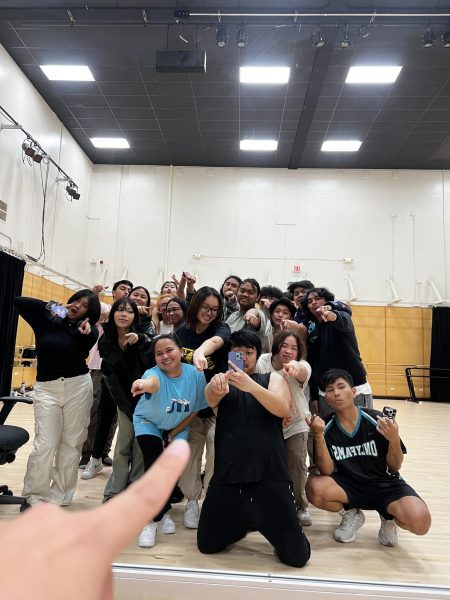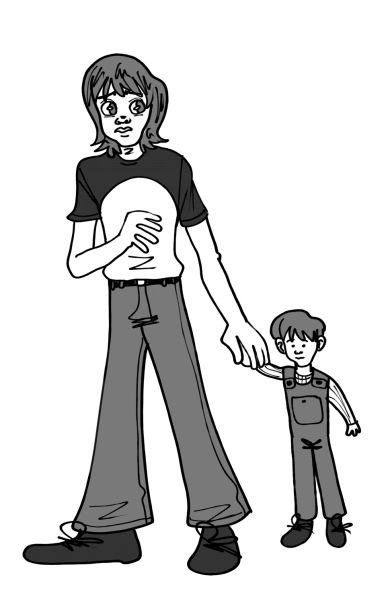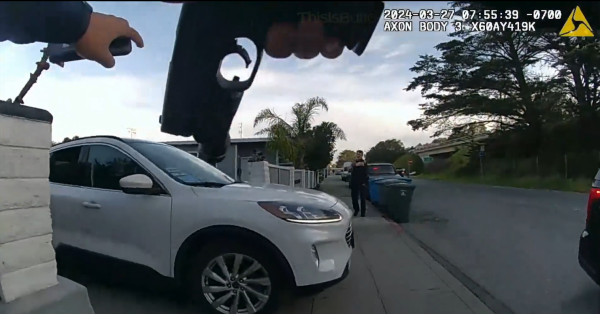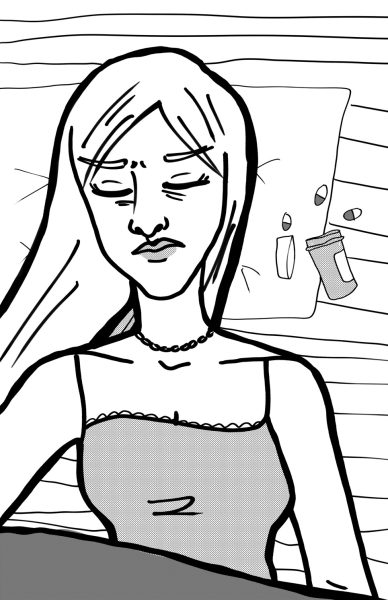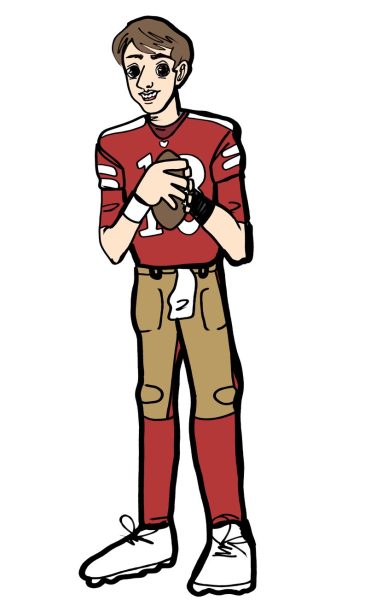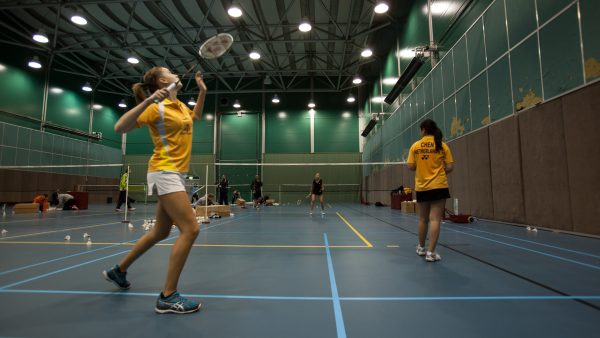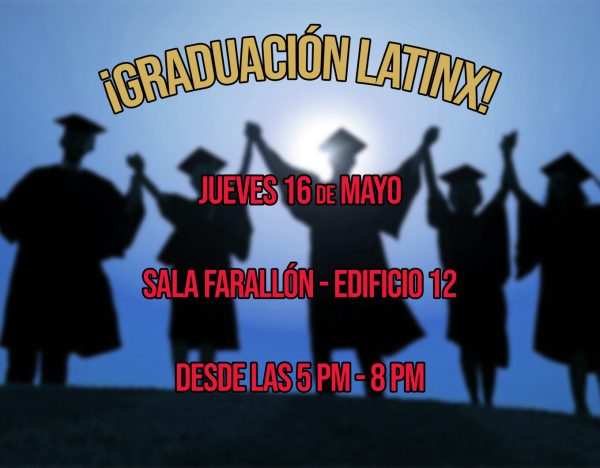Science in Action
The speaker of the DNA sequence panel, Aaron Hardin, Ph.D., talked to Skyline students about his experiences in college and about his research the week of Sept. 28 as the latest installment of the Science in Action series on campus.
Hardin started his higher education through the community college system. He did pretty well when he was there, although at first he didn’t have any idea of what he wanted to do. He started studying computer science but later figured out that he didn’t want to program all day. He then discovered evolutionary biology and started studying E.coli and yeast, later moving on to much more complex creatures like flies.
Hardin learned two vital lessons when transferring from a community college to a state college: that you need to use your counselors to your advantage, and that you need to keep on top of people to do their jobs.
Transferring from Ohlone College to San Jose State University, he had trouble with both schools losing his transcripts. He continued to study computer science, at the advice of one of his professors, as well as studying biology. Although he did value it, he eventually dropped computer science to focus on biology, registering for research programs and the like. Even though Hardin ultimately let programming go, he talked about its value as a tool.
“I thought it was impressive that he was kind of a computer guy, programmer-turned-biologist,” Thomas Habelt, a student who attended the presentation said. ”He was really gung-ho about the importance of programming and how important it is to learn basic programming in this day and age.”
“I thought that it is really amazing for someone who has a Ph.D. but was humble about his education,” Khymmie Chau, another student who attended the presentation said.
Hardin said that community college and state college were “more or less the same.” He advised students to utilize counselors and professors as much as they can in community college because they are more accessible. He explained that community college pretty much lets you get through it at you own pace, while CSUs and especially UC’s push you to learn. CSUs are busier than community colleges, thus professors are harder to talk to.
Hardin moved on to talk about his research during his graduate work in UC Berkeley. He explained how DNA functions and how it is accessed. He talked about his research of flies and explained how they distinctly deviate from each other. He also explained his research on rodents. He said,
“[Research] is going well,” he said. “I’ve got about 30 DNA sequences from these rodents now and the next thing to do is to get more”.
He went on to talk about his research during his time in UCSF. His main research centered mostly on mammals and focused on mammary glands. He also showed one way to indicate mammary glands by imbedding them with fluorescent proteins, effectively highlighting them. He briefly mentioned his research on limb restoration, talking about infants’ ability to grow back parts of their fingers. He also talked about how affordable genome sequencing is now compared back in the day.
Dr. Hardin’s intent was to “show, by example, what students can do and to emphasize the resources and the opportunities that students have.” He said
“When I was in community college, a lot of students didn’t take it so seriously and that’s a mistake,” Hardin said. “I was at junior college. I was at CSU. I was at UC and was at MIT (Massachusetts Institute of Technology) for a little bit and you really get out what you put in. You can learn just as much from a community college as you can at MIT.”
Community college is the bastion of low-budget college education. Plenty of people underestimate its value and somewhat disregard this stage of their lives. Most students just want finish their general education and move on to a university. Dr. Aaron Hardin proves that community college can be a valuable asset.



